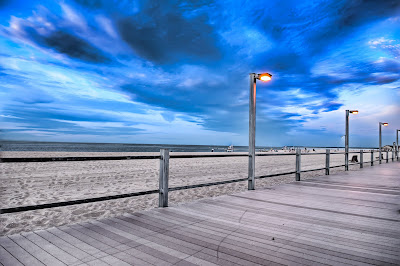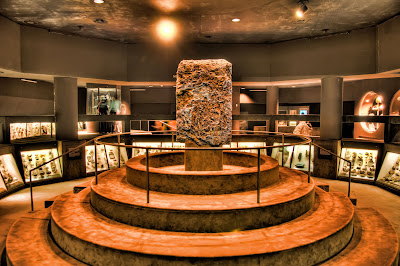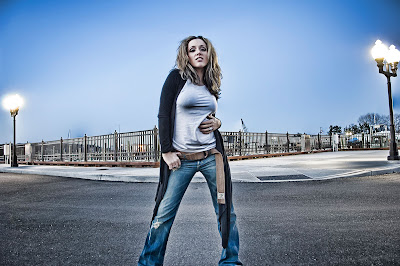





So now for the tutorial. HDR is considered by many as the most difficult form of photography. Some photographers say its cheating and they will swear up and down its wrong. You will soon find out they are just computer illiterate or they are stuck in the 1800's still shooting film. ha.
Set up your camera in Aperture Priority mode. This is important because you don’t want the multiple photos to have that horrible lens-flex effect
Turn on Autobracketing. If you have 3 pics in the autobracket, set it up at -2, 0, +2. On my Nikon D3x, I usually take 5 pics at -2, -1, 0, 1, +2. I’d prefer just to take 3 pics at -2, 0, and +2, but this camera only steps by 1. I think you will find this +2 to -2 range satisfactory for 95% of situations. An exception, for example, would be shooting the interior of a house that is extremely dark and there are windows where the outside is extremely bright.
Other best practices:
- For 95% of situations, going from +2 to -2 is enough light range.
- Shoot in RAW, if you can. JPG is okay, but RAW gives your more flexibility later in the processing. RAW photos contain a lot more light information than a JPEG. Please note that when processing in Photomatix later, the RAWs are no better than JPEGs.
- Use a tripod, unless you have the steady arms of a late-model Terminator robot.
Now it is time to fire up Photomatix and get silly.
Photomatix will take your 3+ or whatever shots and convert them into an HDR image. You can then tonemap the image and save it as a JPEG. I’ll take you through this process.
You can run Photomatix in a few ways:
- To generate an single HDR from some autobraketed shots (most common for beginners and the bulk of this tutorial)
- To do a huge batch of HDRs after you come back from a shoot
- To convert a single RAW photo into an HDR
Let’s go over the first one in detail. I’ll mention the others later, but they are not too hard to figure out after you understand how the first one works.
When Photomatix is loaded up, you just see a menu.
Choose the images you like then click OK. You will then see a second dialog. I have selected the most common choices that I make. In this case, I feared there might have been a tiny amount of camera shake even on the tripod, so I asked Photomatix to try to align.
Normally, I use a tripod and a wired shutter release, so I have no camera shake. If you are doing hand-held, then, of course, always choose “Align source images”. I get mixed results with the other choices. I have a better program for reducing noise and a better method in Photoshop for fixing “ghosting artifacts”. You can play with those options, if you wish, however. There are not many wrong choices you can make on this dialog, so don’t panic
Click OK again and now your computer will kick into high gear like a russian racehorse.
You will soon see a strange looking image on the screen. You are not done yet – not even close. That is an HDR image and you can’t really do anything with it until it is tonemapped. So, now click on “Tone Mapping” (note this is also available via the menu system)/ Now you will get a nice little dialog with all these fun gizmos and Willy Wonka-like controls.
Every picture is different. There is no “right way” to set these sliders. There is certainly a “wrong” way to do it, though. I am sure you have seen lots of crappy HDR images.
Once you have set everything up with the sliders, click Process and save the result. You’ll be bringing it into Photoshop next for final cleanup. This is where i use noiseware to get rid of that hdr noise. I use photoshop to clean up any motion issues.
And thats it folks. Hdr in 10 min. This is just the tip of the iceburg. I have been shooting hdr for 5 years and processed thousands of images before perfecting my skill. However this is a tequniqe anybody can do and i highly encourage you to take the time to learn it. Not only will it give you impact images superpowers but it will also teach you a lot about lighting and camera options.
Thanks for reading and feel free to use any of my shots for your own inspiration.
Mark Perez
Impact Images
Home Fasion Photography Specialists
No comments:
Post a Comment